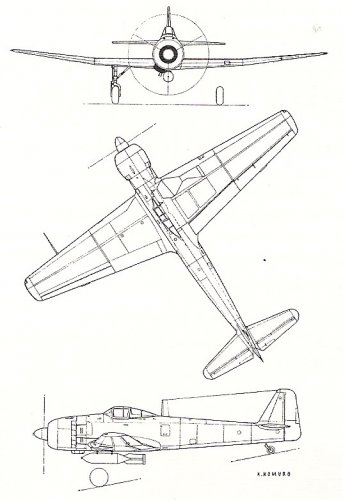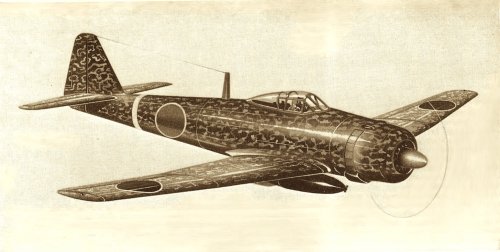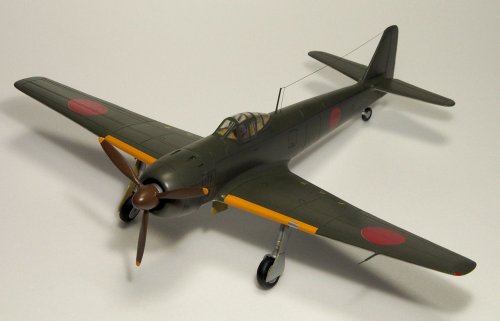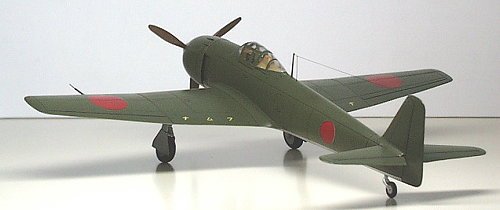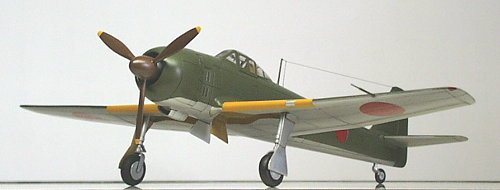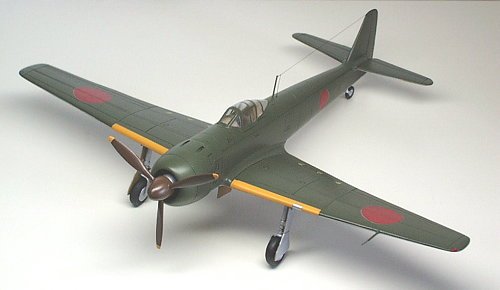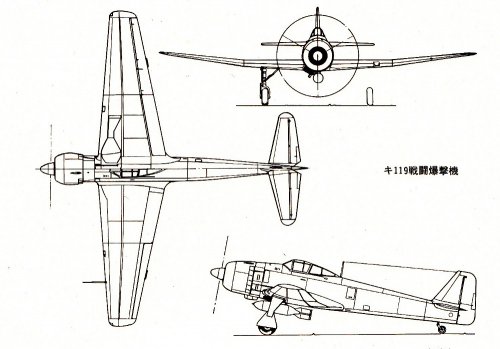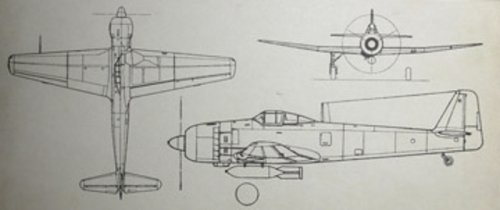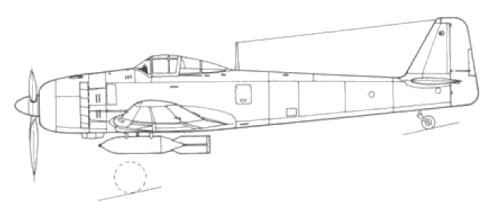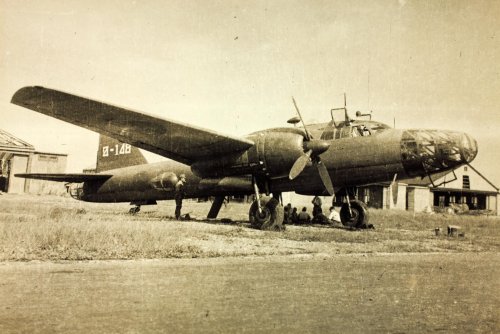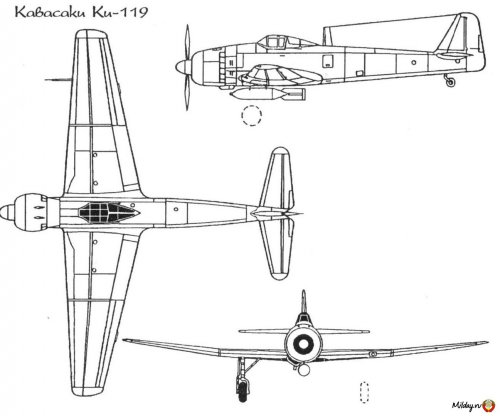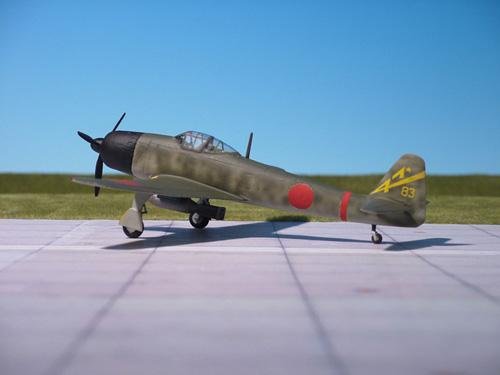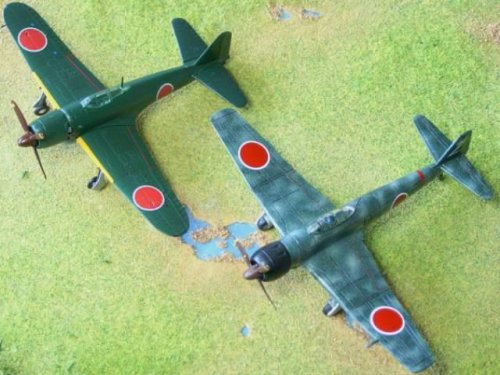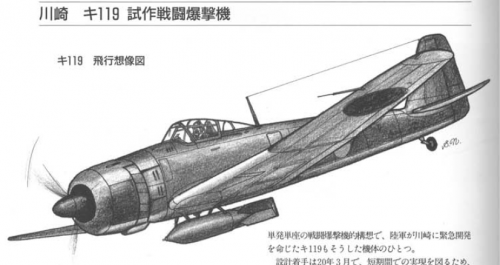blackkite
Don't laugh, don't cry, don't even curse, but.....
- Joined
- 31 May 2007
- Messages
- 8,299
- Reaction score
- 5,915
Hi! Kawasaki Ki-119 fighter bomber. Enlarged design from Ki-100.
IJA ordered Kawasaki to manufacture prototype of Ki-119 in March 1945, not completed until the end of the war.
It was the first Japanese fighter bomber to attack ships by dive bombing or torpedo. After ship attack, fighting with enemy fighter and return to the base. Chief designer was Takeo Doi(土井武夫,Ki-61,YS-11 designer).
Engine:HA104,radial air cooling 18 cylinder,2,000hp(take off)
Wing span:14.0m, Length:11.85m, Height:4.5m, Wing Area:31.9m2, Empty weight:3,670kg, MTOW:5,980kg, Wing Loading:187.4kg/m2,
Max speed:580km/h(6,000m), Service Ceiling:10,500m, Range:600-1200km, Armament:20mm cannon×2, Bomb:800kg.
Source:All the Experimental Aircraft in Japanese Army, KANTOSHA, Tokyo.
IJA ordered Kawasaki to manufacture prototype of Ki-119 in March 1945, not completed until the end of the war.
It was the first Japanese fighter bomber to attack ships by dive bombing or torpedo. After ship attack, fighting with enemy fighter and return to the base. Chief designer was Takeo Doi(土井武夫,Ki-61,YS-11 designer).
Engine:HA104,radial air cooling 18 cylinder,2,000hp(take off)
Wing span:14.0m, Length:11.85m, Height:4.5m, Wing Area:31.9m2, Empty weight:3,670kg, MTOW:5,980kg, Wing Loading:187.4kg/m2,
Max speed:580km/h(6,000m), Service Ceiling:10,500m, Range:600-1200km, Armament:20mm cannon×2, Bomb:800kg.
Source:All the Experimental Aircraft in Japanese Army, KANTOSHA, Tokyo.

